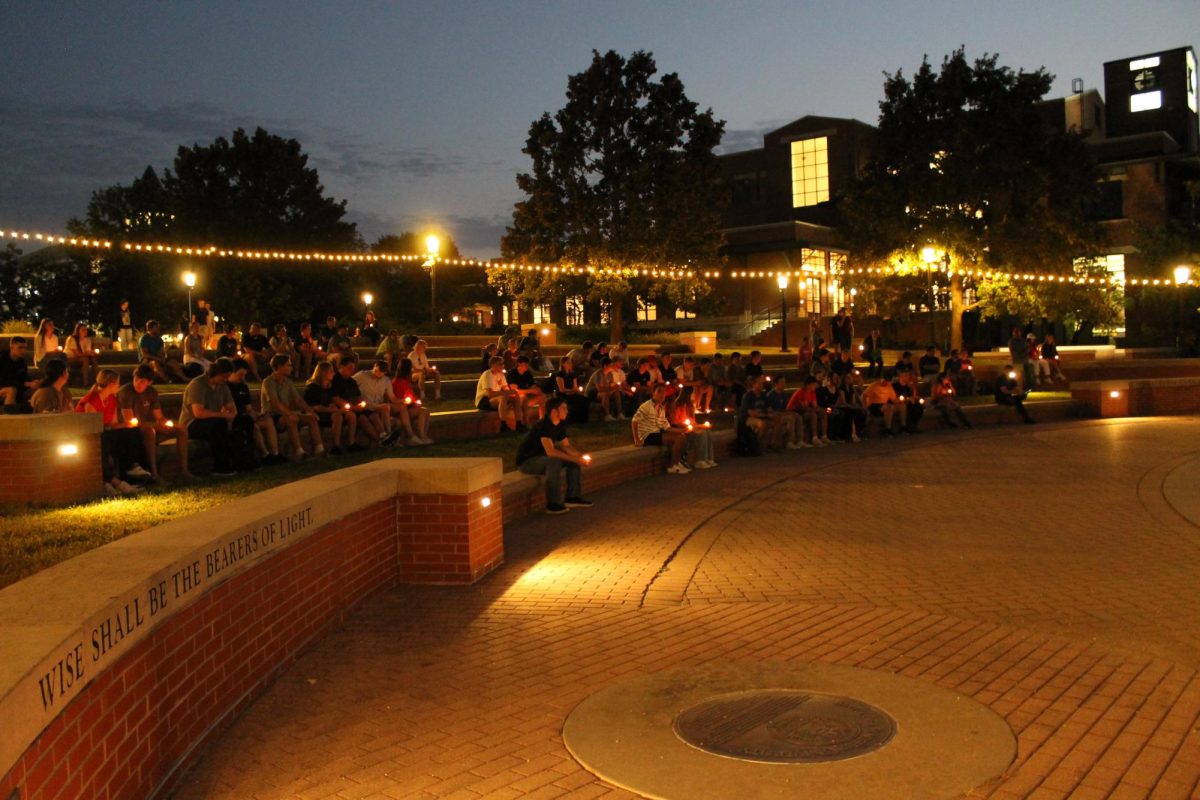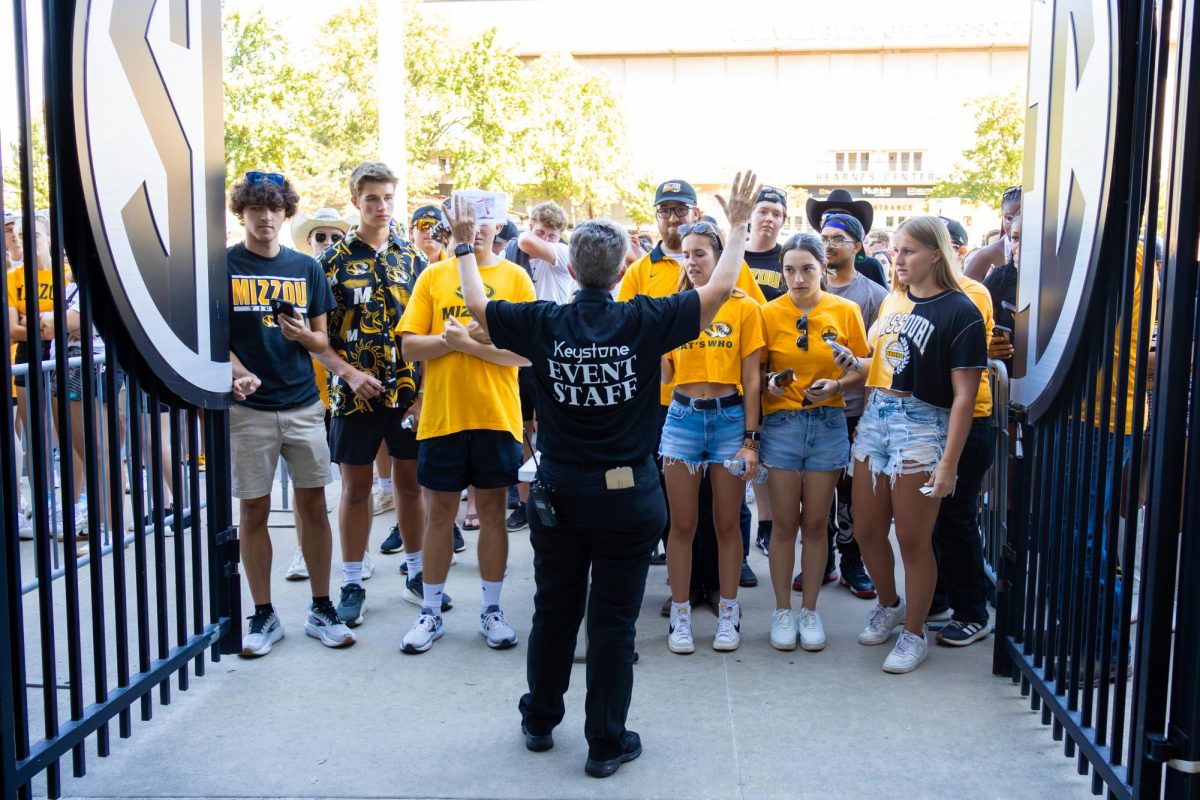On Aug. 9, 2014, 18-year old Missouri resident Michael Brown was shot and killed.
For months following, protests, riots and demonstrations that began in Ferguson spread, becoming national headlines draped across TV screens everywhere.
According to a study by the Daily Dot, the average cost of outfitting an officer in full riot gear is approximately $1,400 and the armored vehicles used to transport these officers and blockade roads cost upwards of $200,000.
Within the first few weeks of unrest in Ferguson, over 300 officers were present at the scene, putting the cost of their protective clothing alone at a collective $420,000.
Include the cost of the National Guard presence, property damage from looting and violent protests among other things, and the real economic toll of the conflict in Ferguson begins to unfold.
As the climax of these events has passed, the most recent toll that Missouri lawmakers have been concerned with is the cost of repairing the damages that took place in these areas — only this time, the emphasis is on community.
On Sept. 18, 2014, Gov. Jay Nixon signed an executive order for the prompt creation of an “Office of Community Engagement,” which would help to bridge the gap between low-income, minority communities and engage Missourians “in communication regarding critical issues affecting Missouri communities,” according to a September news release.
However, Nixon’s Office of Community Engagement is unfunded in the proposed budget for 2016 released by the Office of Administration, raising criticism and concern regarding the manner in which the governor pulled funding for his project in the 2015 fiscal year.
Housed in the Office of Administration, the OCE was created to assist in the development of policies and strategies to aid low-income individuals and urban neighborhoods.
“Across our state, Missouri communities are facing serious issues involving race, educational and economic opportunities, and poverty,” Nixon said in the release. “The Office of Community Engagement will be responsible for facilitating meaningful communication about these issues that will yield concrete results.”
Heading this office is former Sen. Maida Coleman, D-Sikeston, appointed by Nixon to serve as its director alongside attorney Marvin Teer, the Senior Counsel of Boards & Commissions in the Office of the Governor. Teer functions as deputy director and general counsel.
“From small towns to big cities, every Missouri community faces its own unique challenges — and that’s especially true in areas where poverty rates are high and economic opportunities are limited,” Coleman said in a 2014 news release. “That is why I am excited about this opportunity to deepen our understanding of the issues confronting our communities and to help develop policies that will help all Missourians prosper and thrive.”
In 2015, the Office of Community Engagement has led efforts on several fronts. One is the creation of a Summer Job League, in which 3,500 youths will benefit from employment and internship opportunities in the Kansas City and St. Louis areas, allowing children and adults ages 16-24 to earn $8 an hour for up to 240 hours, Nixon spokesman Scott Holste said.
The OCE is also working on a Federal Promise Zone designation, which partners local communities with federal agencies to accomplish the shared objectives of creating jobs, growing the economy, expanding access to a quality education, improving public safety and increasing access to affordable housing.
In addition to this project, Nixon also aims to implement a coalition between the Department of Mental Health, the Department of Elementary and Secondary Education and the Department of Social Services to meet the needs of citizens seeking mental health, education and social services assistance, as well as the creation of a Small Business Relief Program, all of which would be directed toward the greater St. Louis area, Holste said.
“The Small Business Relief Program, a targeted initiative of the Recovery St. Louis Coalition, provides zero-interest loans to small businesses that were damaged or destroyed by looting, vandalism and other acts within Ferguson, Dellwood, Jennings, unincorporated St. Louis County and the city of St. Louis,” Holste said.
The House Republican version of the 2016 fiscal year budget contains no money to be allocated to the OCE, emphasizing that there are other avenues that can be taken to address the issues Nixon hoped to ameliorate with the creation and continued efforts of the office
Despite this hesitation from Republican lawmakers, Holste said Nixon’s office are confident in their ability to appropriate funds in the coming year.
“The (OCE) has worked with citizens and community leaders to develop policies that foster greater prosperity and opportunity for low-income Missourians and minority communities, including establishing a summer-job creation program for thousands of young people in St. Louis and Kansas City,” Holste said. “We are confident that as legislators learn more about these and other efforts led by the OCE, they will join (Nixon) in supporting this much-needed office.”







